Search Results for Tag: research
Anthropocene: No ice age – more blizzards?
If you are sitting somewhere on the East Coast of the USA, struggling to cope with 30 inches of snow, you might be forgiven for reacting with relief to a report released by the Potsdam Institute for Climate Impact Research (PIK) indicating human-made climate change is suppressing the next ice age. With a wink in your eye, you might be very grateful that these extreme conditions are only going to last for a few days and not become the everyday normality of a new ice age.
There are those (but increasingly few of them) who might even thank the fossil fuels industries for averting a scenario like “The Day after Tomorrow” and ensuring that the relatively comfortable interglacial in which we live is likely to continue for the next 100,000 years. That is the conclusion of the study published in the scientific journal Nature.
The problem is that postponing an ice-age illustrates that human interference with natural climate cycles over a relatively short time has the potential to change the world for a hundred thousand years to come, with all the problems that come with it. And given that the increase in extreme weather events like the US snowstorm is highly probably related to anthropogenic climate change, perhaps an ice age in 50,000 years would be the lesser evil.
Burn fossil fuels, suppress the ice age
Using complex models to try to find out which factors influenced the last eight glacial cycles in earth history and what is likely to lie ahead of us, the scientists found that as well as astronomical factors like the earth’s position in relation to the sun in different stages of its orbit, the CO2 concentration in the atmosphere is a key factor.
I talked to physicist and earth systems modeler Andrey Ganopolski, lead author of the study to find out more about the research and the background.
According to Milankovich’s theory, a new ice age should occur when the earth is far away from the sun and summer is colder than usual in the northern hemisphere, at high latitudes in Canada and northern Europe. These are the areas where big ice sheets can grow. At the moment, Ganopolski explained, we have a situation where our summer occurs when the earth is far from the sun. So in principle, we have the conditions when a new ice age can potentially start. He and his colleagues wanted to understand why we are not living in an ice age when astronomically, the conditions are just right to move towards a new ice age.
Meddling with the planet
They come to the conclusion that naturally, without any anthropogenic influence, we would expect the new ice age to start around 50,000 years from now. That would mean that this interglacial, the Holocene, in which we live now, would already be unusually long. In the past, an interglacial lasted only 10 or 20,000 years, but this one is expected to last for 60,000 years.
But our emissions of greenhouse gases are postponing this even further. Relatively large anthropogenic greenhouse gas emissions – say two to three times what we already emitted – would, according to the scientists’ model, additionally postpone the next ice age, so that it would only start 100, 000 years from now, so we would completely skip one glacial cycle, which never happened in the last three million years.
Humankind as a geological force
Now regardless of whether you are a fan of ice and snow or one of those who say they can happily live without any more ice ages, the study’s findings illustrate just how long anthropogenic influence on climate will continue. Humanity, it seems, has become a geological force that is able to suppress the beginning of the next ice age, according to the PIK experts. Human behavior is changing the natural cycles that have shaped the global environment and human evolution.
Over the last 3 million years, glacial cycles were more or less regular. Most of the evolution of humans occurred during those last three million years. Ganopolski says humans can be seen as a kind of product of glacial cycles, because the conditions were probably right to increase the size of our brain, because we had to be clever to survive in such a variable climate.
Who cares?
But given that it is easier and pleasanter to live in non ice-age conditions, there is still an understandable tendency to respond to the ice-age-postponement announcement with: “so what?”
Ganopolski argues one reason the study is significant is that it does away with the arguments of some climate skeptics who have argued that warming the atmosphere by burning fossil fuels is not a bad thing, because it could avert an “imminent” ice age (a theory first made popular around thirty years ago, he says). Since the research indicates there is none on the horizon for more than 50,000 years anyway, this is nonsense, says Ganopolski.
But the main reason the research findings deserve attention, he says, is that they show we can affect the climate for up to a hundred thousand years. He believes a lot of people think if we stop using fossil fuels tomorrow or the day after, everything will be fine. In fact, anthropogenic carbon dioxide will stay in the atmosphere for an extremely long time. “That means we are affecting earth’s future on a geological time scale”, he says.
Whether the next ice age comes in 50,000 or 100,000 years may seem irrelevant to a lot of people, faced with the concerns of life today. But the effects of our warming the globe are already being felt and will have considerable implications well before that, Ganopolski reminds us. He says the new study just shows how massive our interference with the earth’s systems is, and backs up the need to take action now to cut greenhouse gas emissions.
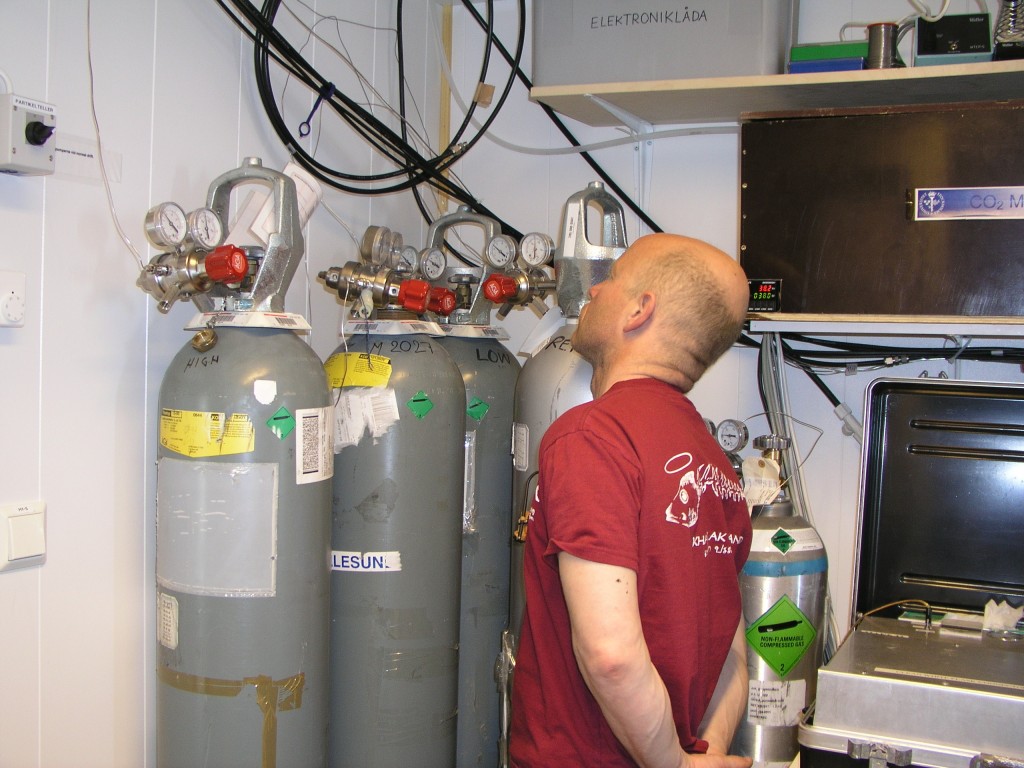
Rising CO2 emissions are influencing glacial patterns (Measuring station on Svalbard, Pic. I. Quaile)
Greenland and Antarctic in the Anthropocene
He mentions the research also deals with Greenland and Antarctica:
“What we show is that even with the CO2 concentration we have already, we can expect that a substantial fraction of these ice sheets will melt. So obviously, in this respect, any further increase of CO2 will have even more negative effects”.
Sea level rise, ocean acidification, changing food supplies, floods, droughts…and, yes, even more of those extreme blizzards, fuelled, paradoxically, by warming seas…maybe there is more to this delaying the ice age business than first seemed.
So are we living in the “Anthropocene”, i.e. an era in which not nature but humankind is determining the shape of the world we live in now and for centuries to come? Ganopolski and his colleagues say yes. He stresses what we are doing to the climate and the speed at which it is happening represent unprecedented, substantial deviation from the natural course of things.
“So if you continue to emit a substantial amount of carbon dioxide, the Anthropocene will last for hundreds of thousands of years, before systems return to anything like “normal” conditions”, he says.
Another study published in Nature today provides further evidence that human intervention is responsible for the annual heat records that have been in the news so often recently they run the risk of losing their news value. Ganopolski’s PIK colleague Stefan Rahmstorf, one of the authors, says the heat records, with 13 of the last 15 years the warmest since records began, can no longer be explained by natural climate variation. But they can be explained by human-induced climate change.
But is there any point in making potentially uncomfortable changes to the way we live today if we have already changed the atmosphere so massively, for such a long time to come? Ganopolski stresses the extent and speed of the changes and impacts are no grounds for resignation:
“There is no justification for making the climate even warmer than it is. It is a matter of how much CO2 we will emit into the atmosphere. Basically, it will affect all generations, and if we care about them, we should stop using fossil fuel as soon as possible.”
Sounds sensible to me.
Greenland ice a speedy chute to rising seas?
As I checked through the news agencies to keep tabs on what’s been happening with Greenland as 2016 kicks off, the only agency piece I came across is a German story (on AFPD) on how climate change is apparently bringing the world’s biggest island an “economic upswing”. New fish species off the coast, better conditions for agriculture and exportable powdered rock from retreating glaciers are listed amongst the benefits.
No mention of a study published in Nature Climate Change this week showing that recent atmospheric warming – especially the exceptional summers in 2010 and 2012 – are reducing the ability of some layers of the giant ice sheet to store meltwater. That, in turn, can mean runoff is released into the ocean faster than previously assumed, rushing down a kind of icy chute. Clearly, this has considerable implications for global sea level rise.
Snow sponge
Approximately half of Greenland’s current annual mass loss is attributed to runoff from surface melt. At higher elevations, the melt does not necessarily equal runoff, because meltwater can refreeze in the porous snow and firn near the surface. Horst Machguth from the Geological Survey of Denmark and Greenland, the lead author of the study, explains the background in a news release by CIRES, the Cooperative Institute for Research on Environment Sciences, Boulder Colorado: “The near-surface of the large ice sheet interior is comprised of snow that is slowly being converted into glacier ice. This porous firn layer can be up to 80 m thick,” he writes. Recent studies indicated that this firn is an important buffer against contributing to sea level rise for decades to come, because it absorbs and stores the meltwater like a sponge, refreezing it to form ice layers as it percolates down from the ice sheet surface. But the authors say the new study shows this may not be the case.
VIEW: Animated graphic illustrating the “sponge” effect on the Greenland Ice Sheet by NASA and CIRES
After the Greenland Ice Sheet was hit by a series of warm summers, it was unknown how the firn reacted to exceptional amounts of meltwater, says Machgut. The research aimed to clarify whether the firn was indeed capable of retaining the meltwater, or whether the sponge had been “overwhelmed” by all the extra water.
Icy chute
The scientists drilled cores to sample the firn at sites where similar cores had been drilled 15 to 20 years ago. They found that the amount of refrozen ice layers in the firn had increased substantially over the past two decades in many places, but not everywhere. Cores drilled at lower elevations suggested the recent exceptional meltwater amounts had only trickled through to shallow depths within the firn, conglomerating into massive ice layers directly below the ice sheet surface.
“It appears that the firn was overwhelmed by the melt to a degree where so many ice lenses had formed that they started to hinder percolation of further meltwater. Initially small ice lenses grew to form ice layers of several meters in thickness that act as a lid on top of otherwise sponge-like firn. Radar measurements identified that these massive ice lenses were continuous over tens of kilometres,” says Dirk van As, a co-author of the study from the Geological Survey. “Surface meltwater wants to refreeze in firn locally, which it does at higher elevation, but at lower elevations it hits that lid of ice and is forced to stay at the surface where it cumulates.”
Satellite images show that meltwater then formed rivers on the surface flowing towards the margin of the ice sheet.
More data required
“In contrast to storing meltwater in porous firn, this mechanism increases runoff from the ice sheet,” says CIRES researcher Mike MacFerrin, a second author on the study. “This process has not previously been observed in Greenland. The extent of this ice lid capping the ice sheet firn remains unknown. For this reason, the total amount of additional ice sheet runoff associated with this newly observed process cannot yet be quantified.”
The scientists are now combining their core data with radar measurements from NASA, which cover the entire ice sheet. They say similar changes in firn structure have been observed on various ice caps in the neighbouring Canadian Arctic, which indicates the phenomenon could be widespread in Greenland. Only west Greenland was covered by the new study.
The Greenland ice sheet is already a great concern, with the melting ice rate increasing continually as the atmosphere and the oceans warm. As well as contributing to rising sea levels, the increase in runoff from the ice sheet could also result in feedback processes which could lead to even more melt in the future. The water running down the ice sheet can create darker, slushy channels, the scientists say, which can reduce the albedo effect of the ice sheet, its ability to reflect sunlight away from its surface. As more sunlight is absorbed instead of being reflected off, the surface temperature could warm further.
Given the huge significance of the Greenland ice sheet in terms of global sea level rise and its role in the global climate system, the findings of this study deserve a little more attention than being confined to the publications of the scientific communities.
But maybe potatoes from the “ice island” and mackerel and tuna off its snow-tipped coasts make for more striking headlines?
Arctic residents in hot water
At the swimming club last weekend, one of my fellow swimmers complained the water was too warm. She said she couldn’t swim at her usual speed when the temperature in the pool rose even a little bit. It left her feeling tired and lethargic. So how much more dramatic must it be for the tiny creatures at home in cold Arctic waters, when a warm influx changes their surroundings and living conditions.?
The warming of Arctic waters with climate change is likely to produce radical changes in the marine habitats of the High North. Data from long-term observations in the Fram Strait, which researchers from the Alfred Wegener Institute (AWI) have now analysed and published in the journal “Ecological Indicators”, confirms that even a short-term influx of warm water into the Arctic Ocean would suffice to fundamentally impact the local symbiotic communities, from the water’s surface down to the deep seas. They found that this happened between 2005 and 2008.
The deep sea observatory
Over the past 15 years, researchers from Germany’s Alfred Wegener Institute for polar and marine science (AWI) have been keeping an eye on the sensitive marine ecosystem in the Fram Strait, the sea lane between Greenland and Svalbard .The institute operates a deep-sea observatory there, known as “HAUSGARTEN”, which translates literally as house garden. It is actually a network of 21 individual mini research stations. Every summer, scientists pay them a visit and collect water and soil samples. Some of the stations have anchored systems that operate year-round, recording the water temperature and tides, collecting water and soil samples at regular intervals, and capturing the sediments that drift down to the seafloor from the upper water layers.
“This is the only observatory of its kind in the world. There’s no other project in which readings from the surface down to the ocean floor were taken in fixed positions over such a long time – let alone in the polar regions,” says AWI biologist Thomas Soltwedel.
For the current publication, the AWI researcher and his team analysed the first 15 years of the HAUSGARTEN dataset. The Fram Strait is especially interesting for Soltwedel and his colleagues because it represents the only deep juncture in the Arctic Ocean, allowing water masses from the Atlantic to flow into the Arctic to the west of Svalbard. In turn, water and ice floes find their way back out of the Arctic Ocean on the strait’s Greenland side.
Too warm for comfort
Until now, the scientists say it was unclear just how polar marine organisms were responding to the warming of the ocean and shrinking sea-ice cover. Now, the long-term observations show that arctic marine habitats could change radically if subjected to a sustained rise in temperature. The AWI researchers say their most surprising finding is that the thermally induced changes at the ocean surface can rapidly spread to affect life in the deep seas.
Normally the water near the surface, which flows north out of the Atlantic through the Fram Strait, has an average temperature of three degrees Celsius. With the help of their observatory, the AWI researchers were able to establish that from 2005 to 2008 the average temperature of the inflowing water was one to two degrees higher: “In that time, large quantities of warmer water poured into the Arctic Ocean. Since polar organisms have adapted to living in constant cold, this extra heat input hit them like a temperature shock,” Soltwedel explains.
He says the reactions in the ecosystem were correspondingly extreme: “We were able to identify serious changes in various symbiotic communities, from microorganisms and algae to zooplankton.”
Migrating sea creatures
One major change described in the article was the increase in free-swimming conchs and amphipods, which are normally found in the more temperate and subpolar regions of the Atlantic. In contrast, the number of conchs and amphipods in the Arctic dropped significantly.
The researchers also noted a decline in small, hard-shelled diatoms. Prior to the unexpected influx of warm water, they made up roughly 70 per cent of the vegetable plankton in the Fram Strait. But during the warm phase, the foam algae Phaeocystis took their place. A change with consequences, Soltweder explains: “Unlike diatoms, foam algae tend to clump and sink to the ocean floor, where they become a food source. But the sudden rise in available food led to major changes in deep-sea life, including a noticeable increase in the settlement density of benthic organisms.”
If you are not a marine biologist, you may be wondering what that means for the future of the Arctic and why we should be concerned about it. The problem is that all of this affects the Arctic food web.
The scientists can’t say exactly how at this point. But, as with so many other aspects of climate change: “Above all, we’re troubled by the simple fact that the changes have been so rapid, and so far-reaching.”
New residents here to stay
Since the flow of warm water has subsided, the water temperature in the Fram Strait has stabilised – though it is still slightly above the average value from before 2005. Yet some of the changes appear to be there to stay. The conchs from the lower latitudes seem to have made a home for themselves in the Fram Strait.
As usual, the scientists are reluctant to say whether the warm-water influx they monitored is due to climate change or could be part of natural climate fluctuations. They say they need data covering several decades to be more certain.
But either way, the results of the ecological long-term studies clearly show that even short-term changes in ocean temperature can drastically impact life in the Arctic. So it looks like there will certainly be more to come, as the world continues to heat up.
Melting glacier risk to seabed ecosystem
On my first visit to the Arctic in 2007, I went out into the Kongsfjord at Ny Alesund, Spitsbergen, with some marine biologists working out of Koldewey station, run jointly by France and Germany. It was June, and the glaciers at the end of the fjord were just starting to thaw. While I was enjoying the blues, whites and greys of the sea, ice and sky, the researchers in the small boat got very excited when they saw the water turned brown, where sediment was flowing into the fjord from the retreating glacier.
“Who turned off the light up there”?
They had been waiting impatiently for the thaw to set in, because their research focus was on what that means for the life forms on the seabed, or benthos. Clearly, if you live down on the sea floor, the intrusion of brown mud and other sediment changes your surroundings. Not least, it means less light coming down from above. Now while a certain amount of that is going to happen naturally every year with the changing seasons, the question is: what happens if there is a big increase in sediment coming in because of increasing melt through climate change?
I was interested to hear about a study published this week in Science Advances, dealing with that same question in the Antarctic. The findings indicate that melting coastal glaciers are having an impact on the entire ecosystem on the seafloor, leading to a loss of biodiversity through sedimentation. The scientists were looking at the West Antarctic peninsula, where the temperature has risen almost five times faster than the global average in the last fifty years.
Global warming changes seafloor communities
The study, published by experts from Argentina, Germany and Great Britain, including the Alfred Wegener Institute, Helmholtz Centre for Polar and Marine Research (AWI,) is based on repeated research dives. The scientists believe increased levels of suspended sediment in the water caused the dwindling biodiversity registered in the coastal region. They say it occurs when the effects of global warming lead glaciers near the coast to begin melting, discharging large quantities of sediment into the seawater.
To find out exactly how and to what extent the retreat of glaciers is affecting bottom-dwelling organisms, researchers at the Dallmann Laboratory are now mapping and analysing the benthos in Potter Cove, located on King George Island off the western Antarctic Peninsula. The lab is operated by the Alfred Wegener Institute and the Argentine Antarctic Institute (IAA) as part of the Argentinian Carlini Station. Researchers have been monitoring benthic flora and fauna there for more than two decades.
In 1998, 2004 and 2010, divers photographed the species communities at three different points and at different water depths: the first, near the glacier’s edge; the second, an area less directly influenced by the glacier; and the third, in the cove’s minimally affected outer edge. They also recorded the sedimentation rates, water temperatures and other oceanographic parameters at the respective stations, so that they could correlate the biological data with these values. Their findings: some species are extremely sensitive to higher sedimentation rates.
Short sea squirts adapt better
Sea squirts are small invertebrate creatures that live on the sea floor and feed by filtering the water through their anatomies.
“Particularly tall-growing ascidians like some previously dominant sea squirt species can’t adapt to the changed conditions and die out, while their shorter relatives can readily accommodate the cloudy water and sediment cover,” says Dr Doris Abele, an AWI biologist and co-author of the study. She is worried that “the loss of important species is changing the coastal ecosystems and their highly productive food webs, and we still can’t predict the long-term consequences.”
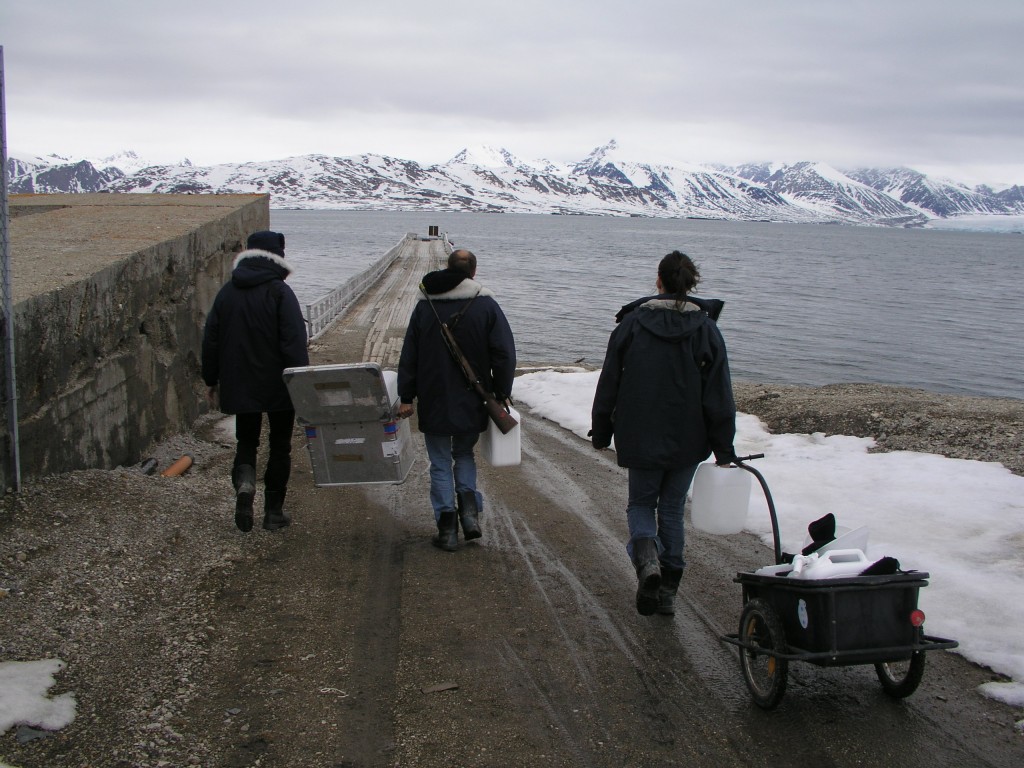
Can Arctic marine biologists work fast enough to keep up with climate change? (Ny Alesund, Pic: I.Quaile)
As with so many aspects of our oceans, there is a lack of base data on how sediment from melting glaciers affects the numerous life forms on the seabed.
“It was essential to have a basis of initial data, which we could use for comparison with the changes. In the Southern Ocean we began this work comparatively late,” says the study’s first author, marine ecologist Ricardo Sahade from the University of Cordoba and Argentina’s National Scientific and Technical Research Council CONICET, who is leading the benthic long-term series. “Combining this series of observations, accompanying ecological research on important Antarctic species, and mathematical modelling allows us to forecast the changes to the ecosystem in future scenarios,” says co-author Fernando Momo from Argentina’s National University of General Sarmiento.
With scientists telling us the ice of the West Antarctic peninsula has already passed a tipping point, the question is whether scientific monitoring and research will be able to keep pace with the rapid rate at which climate warming is already having major impacts on our oceans. For many species of our seabottom-dwelling creatures, the slow pace of greenhouse gas emissions reductions may well come far too late.
See also: Antarctic glaciers retreat unstoppable
Farewell to ‘Last Ice’ victims in a rapidly warming world
Ice Blog readers may remember the story of the two ice researchers and polar explorers who died when they broke through unexpectedly thin ice in the Canadian Arctic earlier this year. This week I had the chance to join friends and admirers of Marc Cornelissen and Philip de Roo at a ceremony held in their home country, the Netherlands. The unusually warm November weather, with people sitting out eating ice cream, seemed oddly apt for a tribute to two people who died doing climate research.
![]() read more
read more



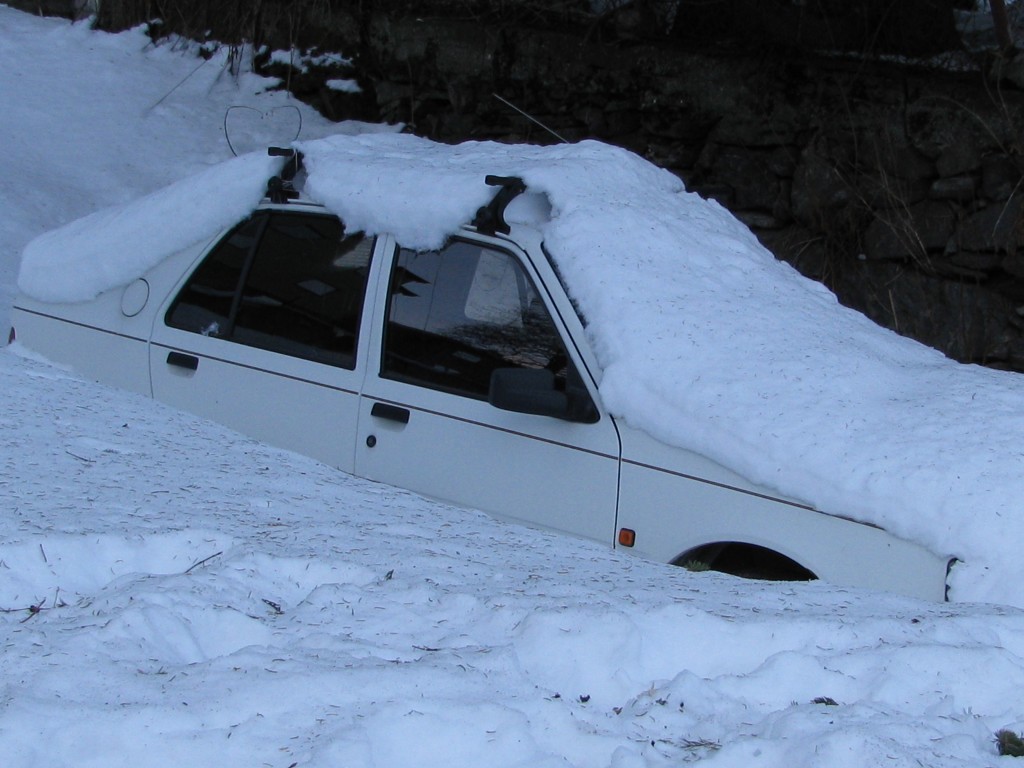
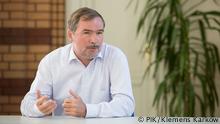
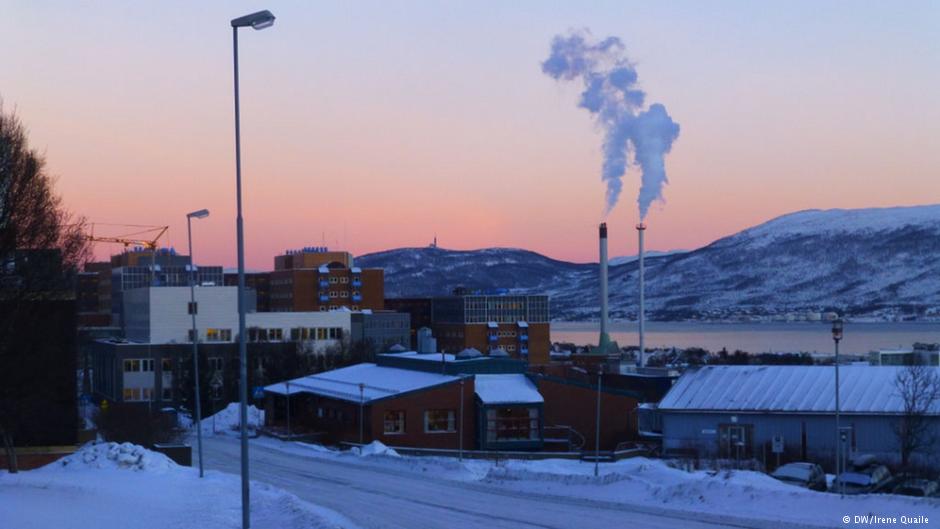
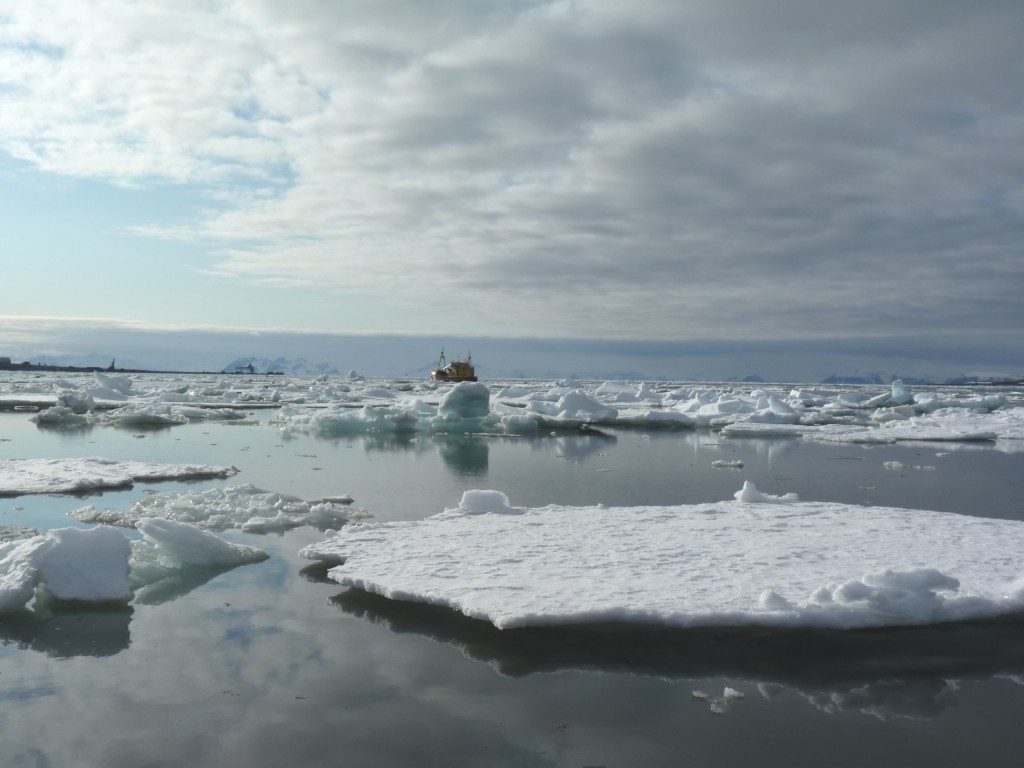

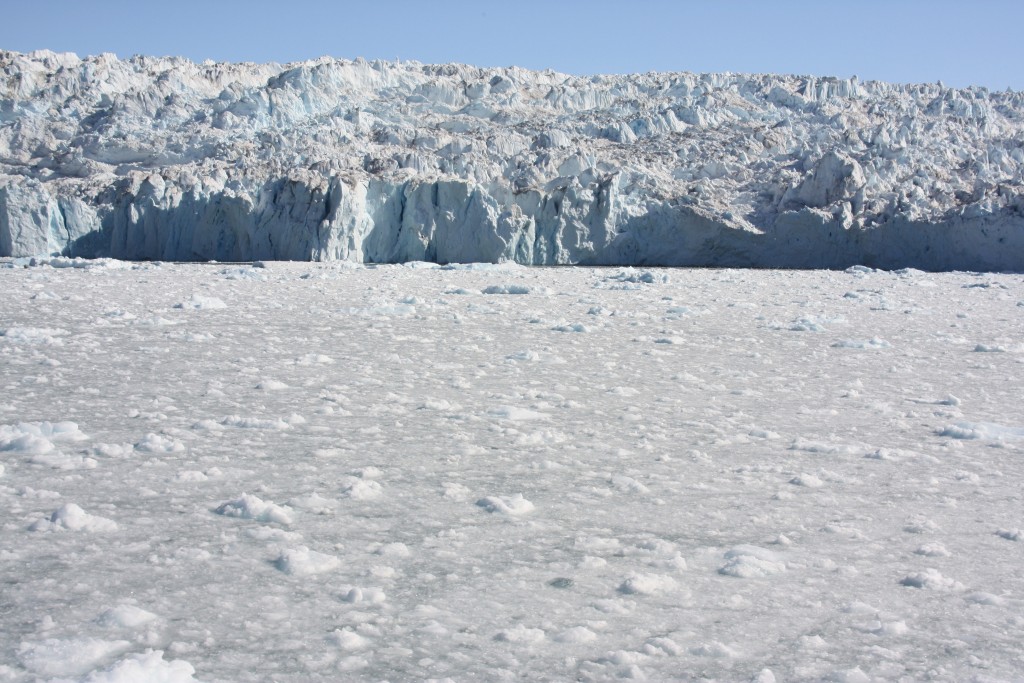

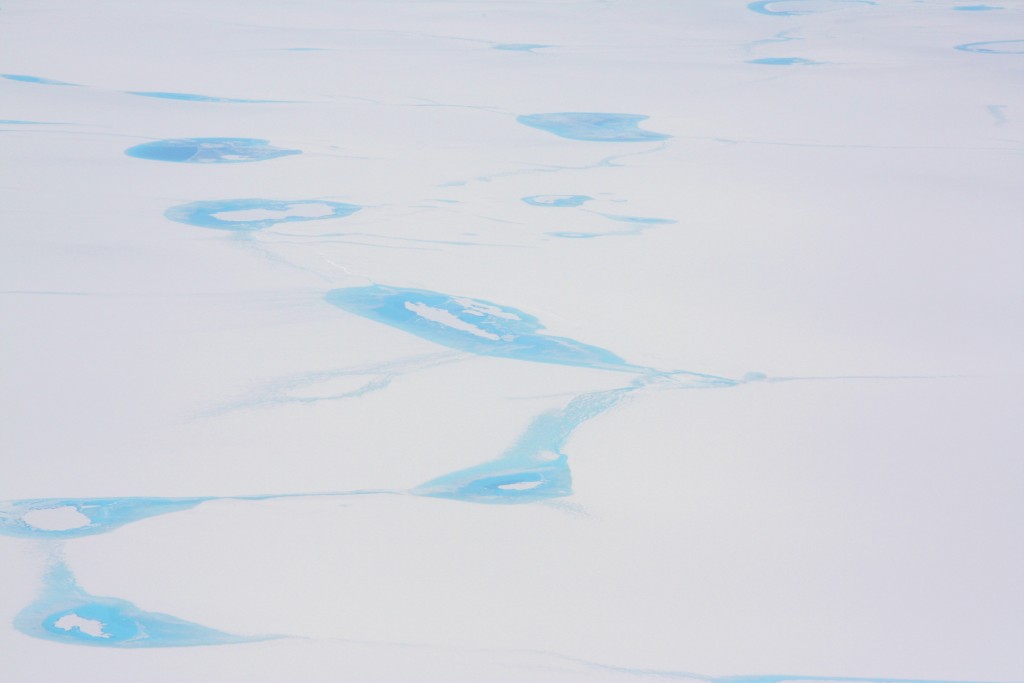
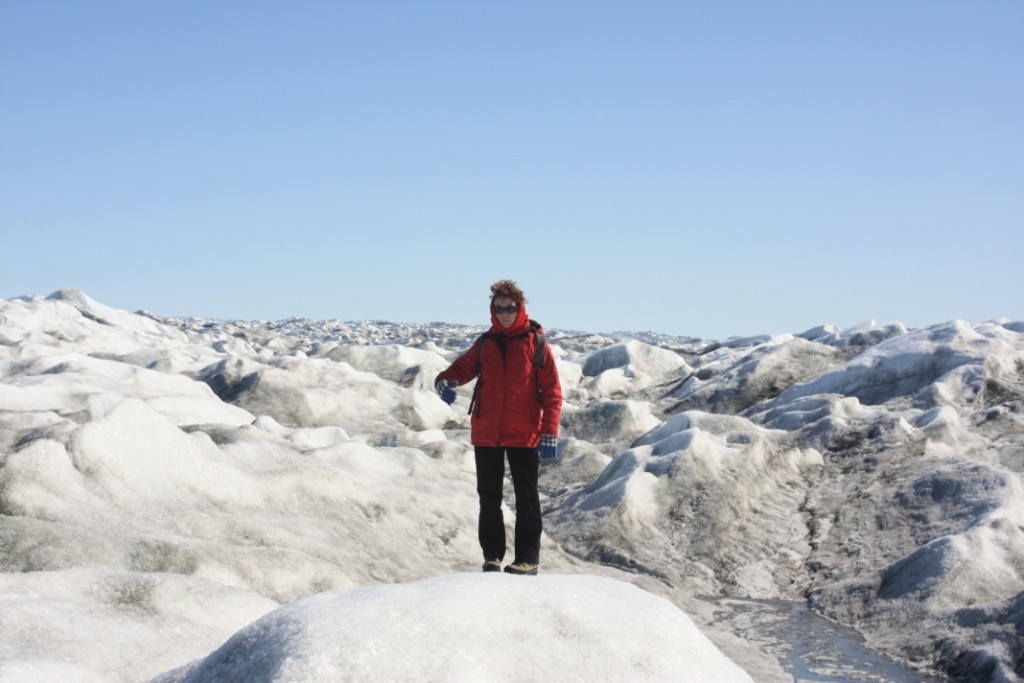
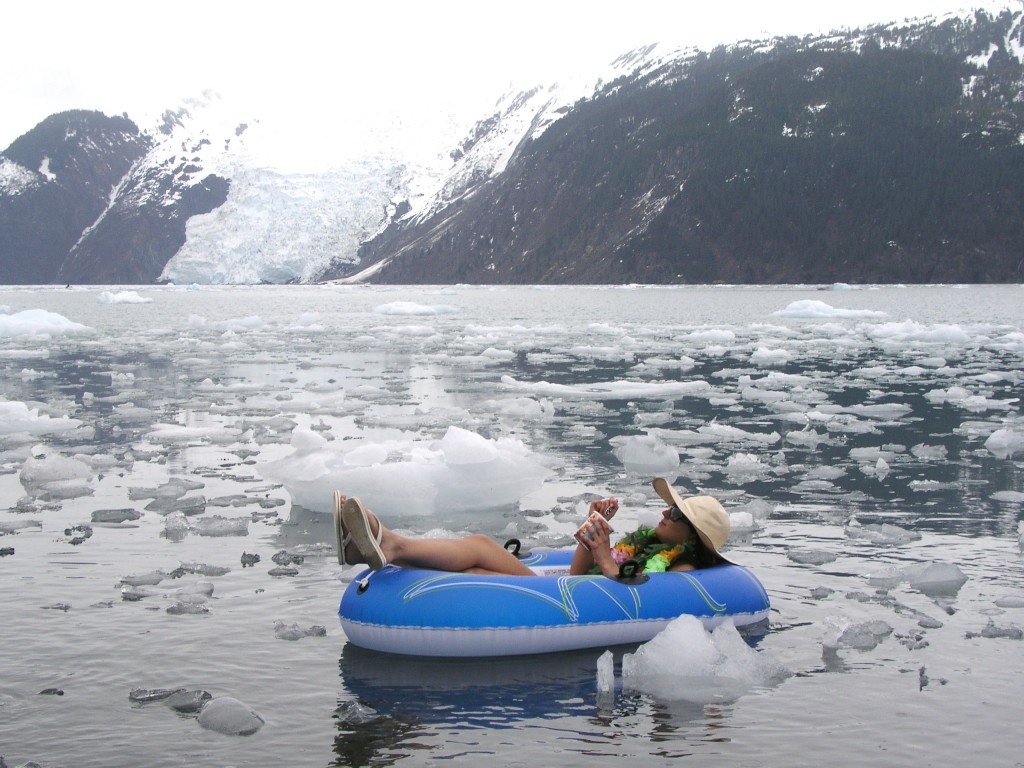
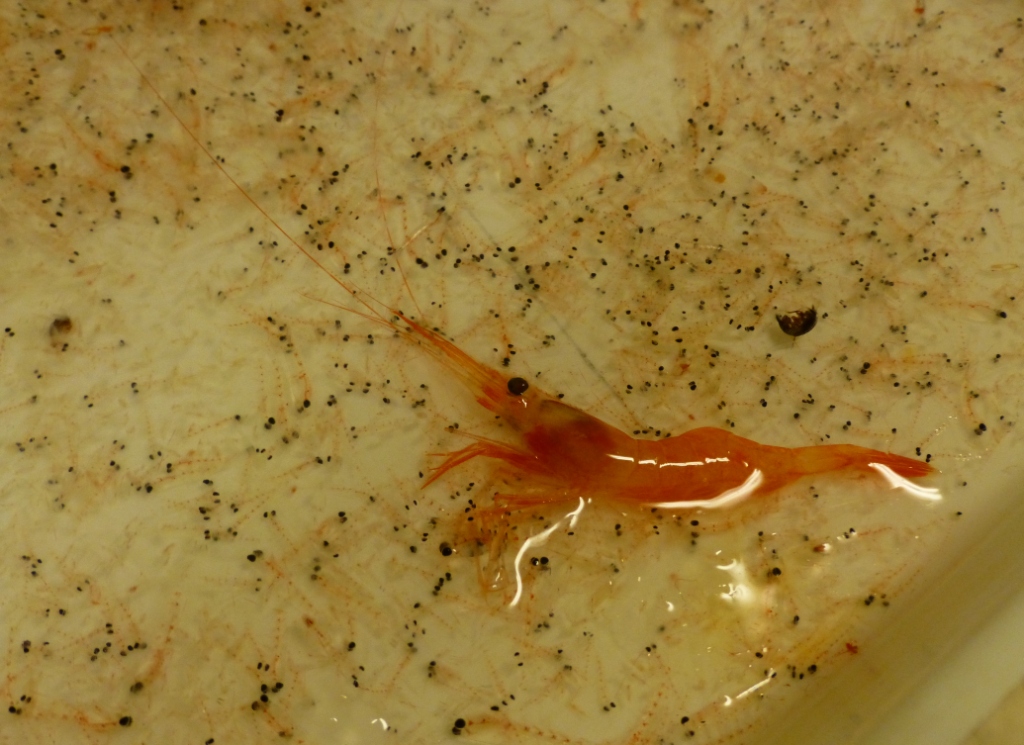
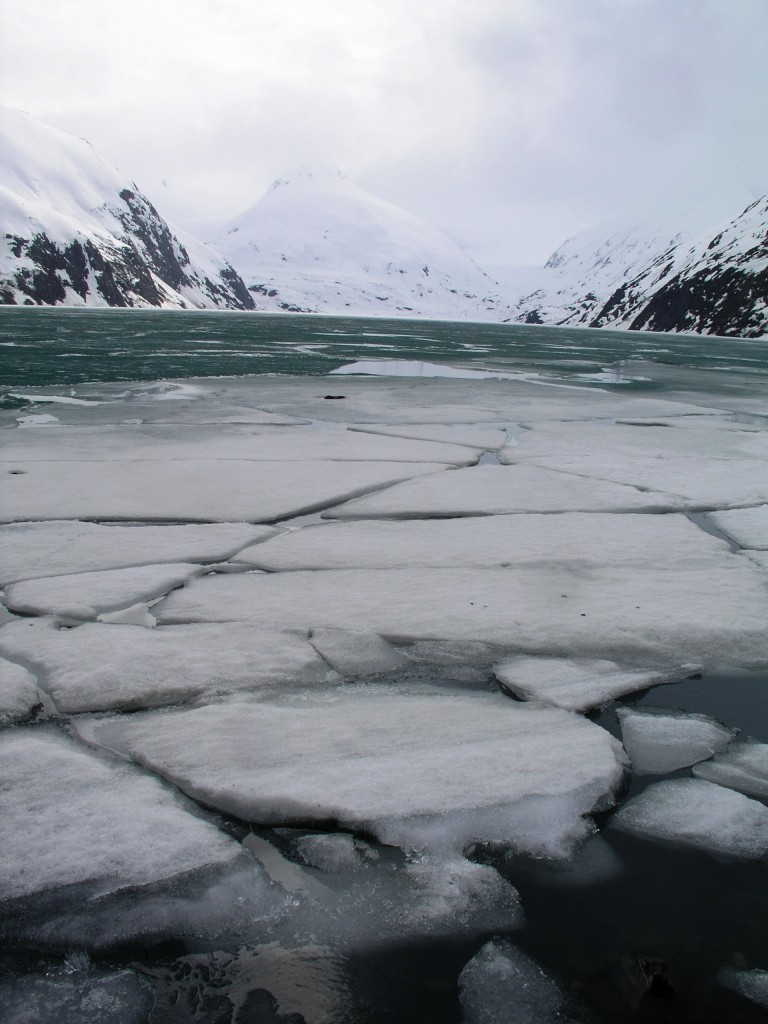
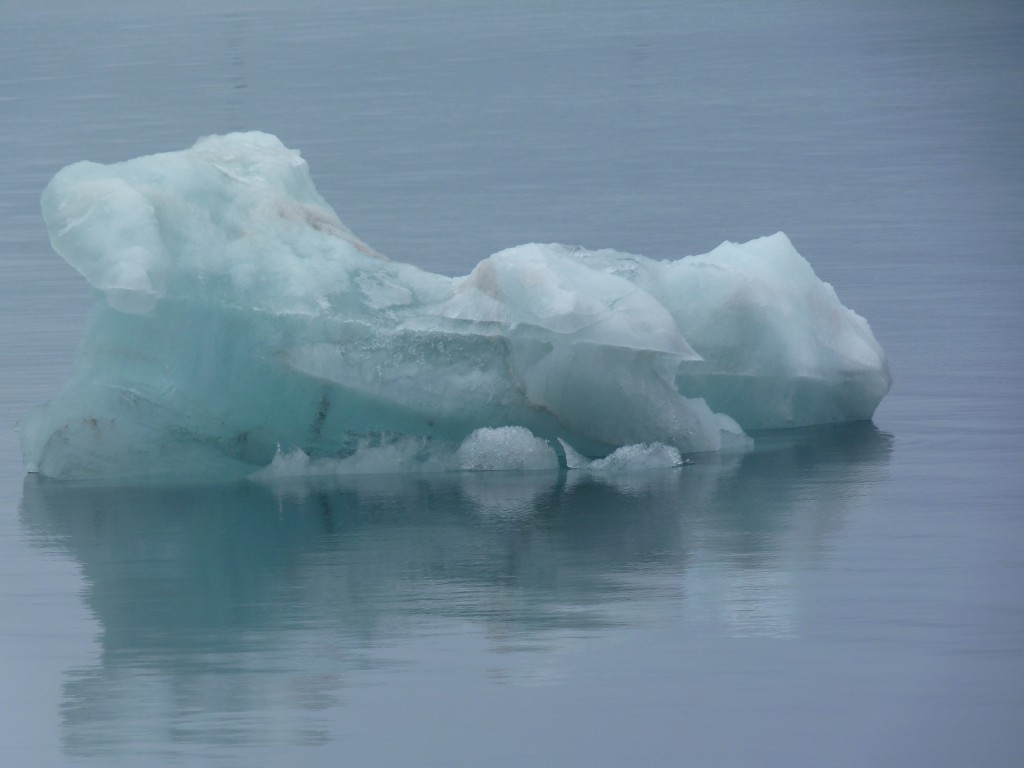
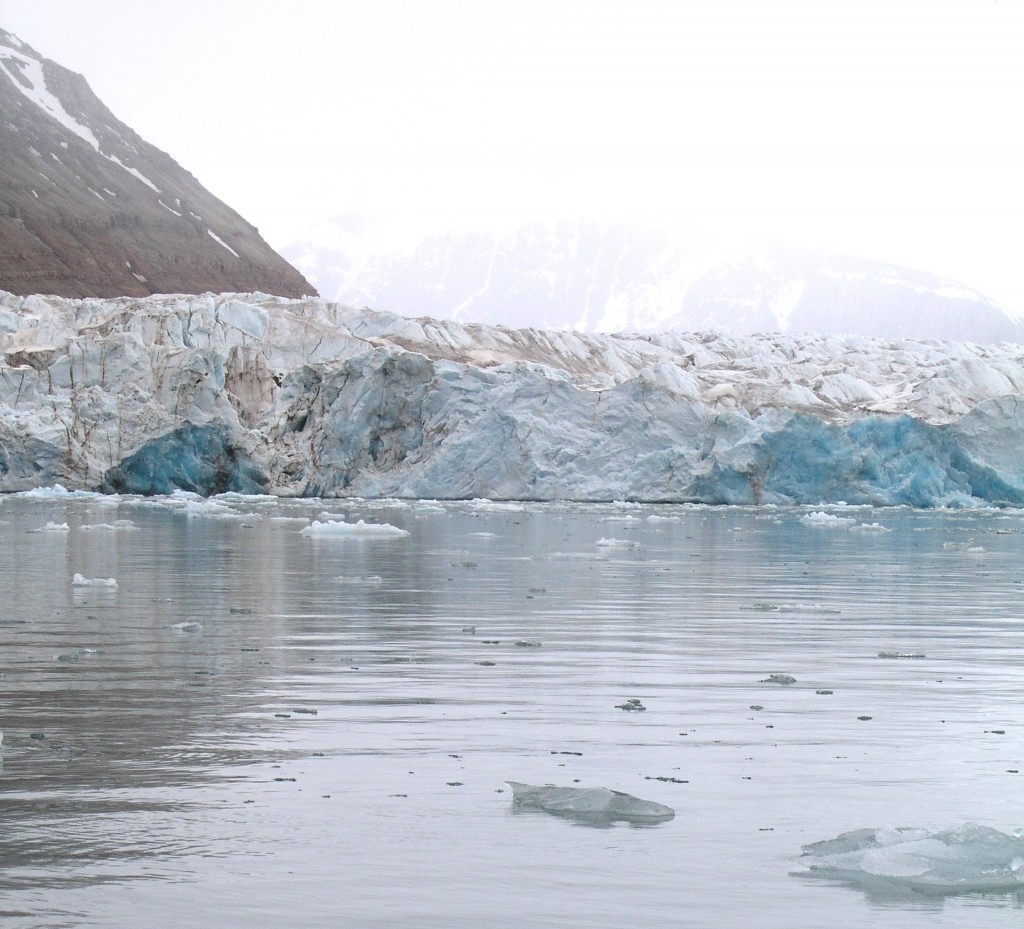
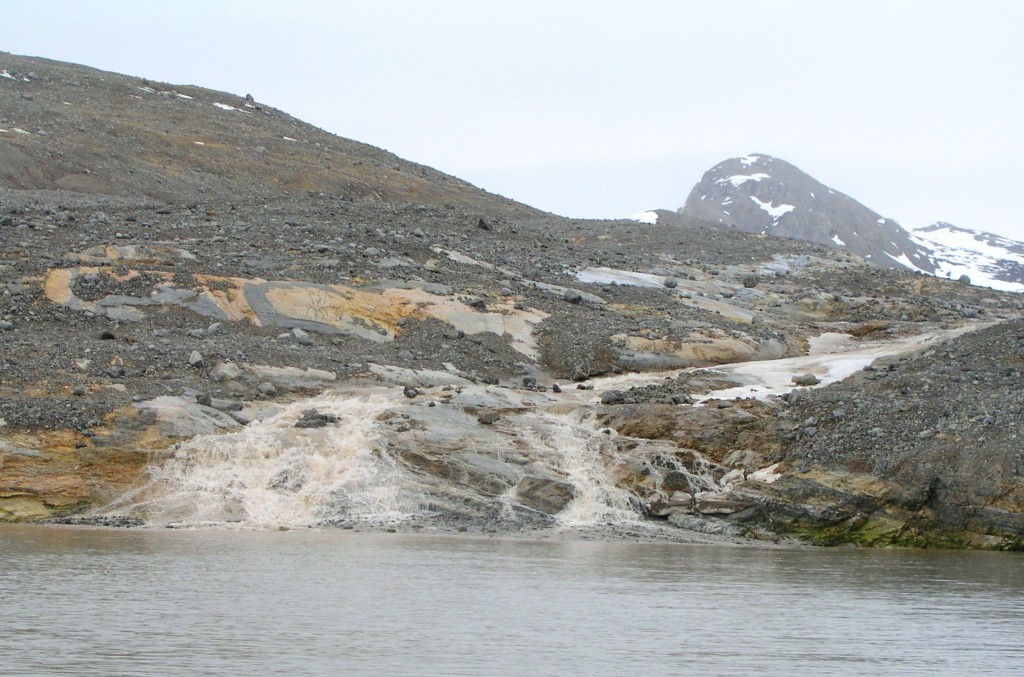
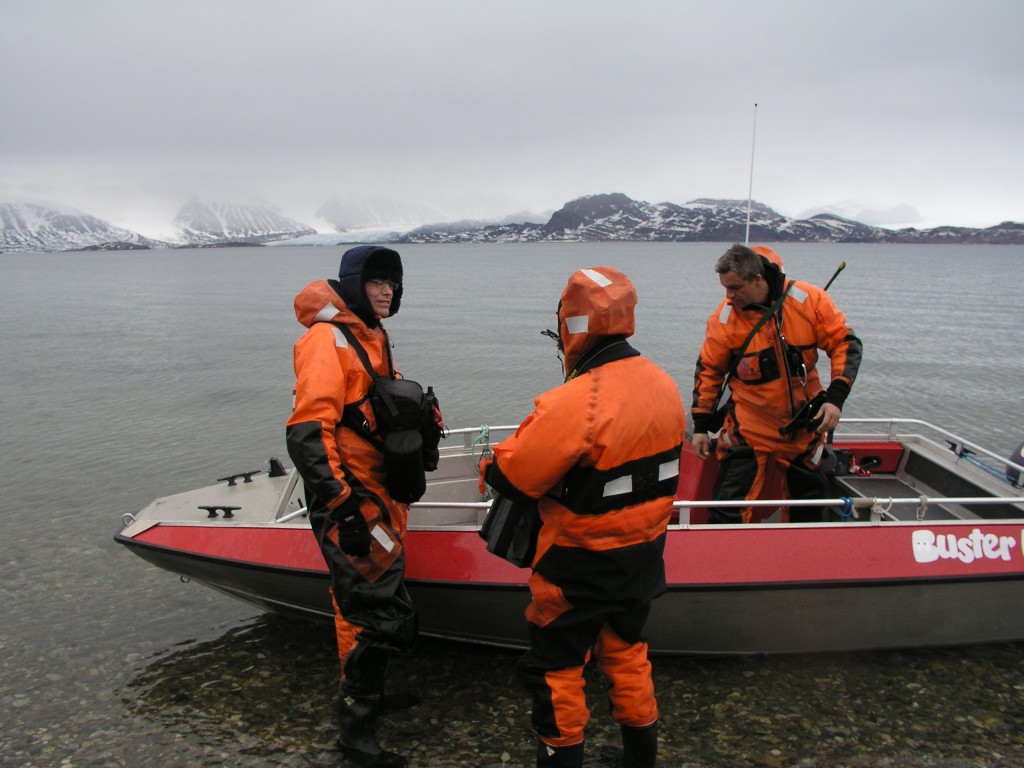
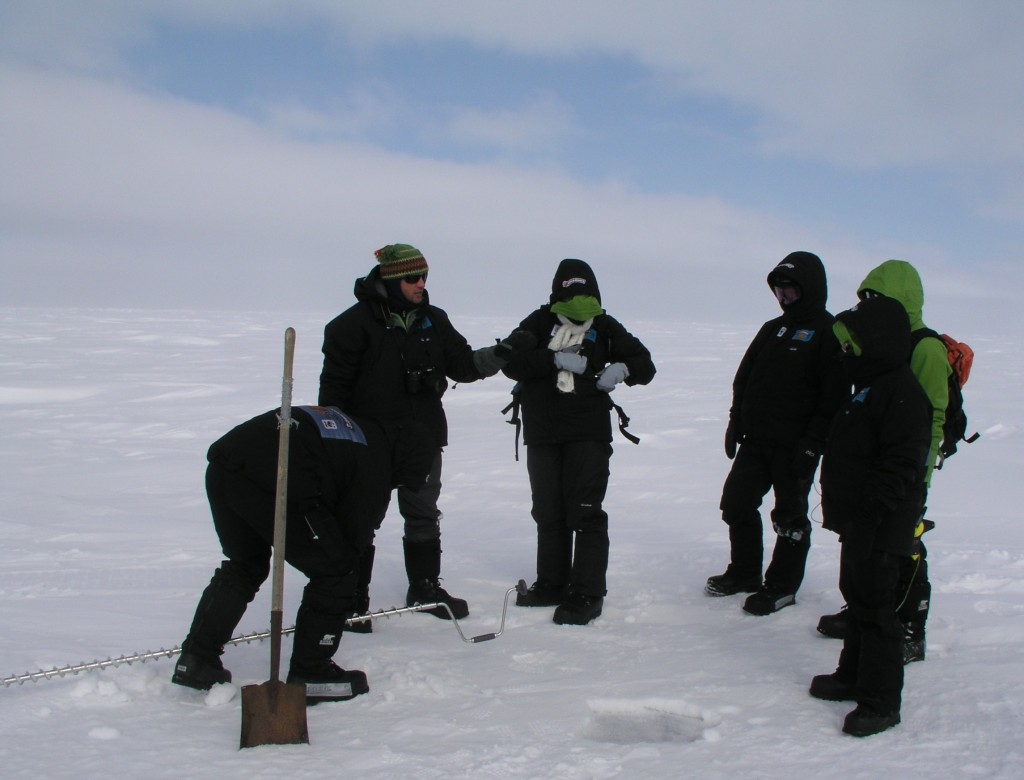
















Feedback